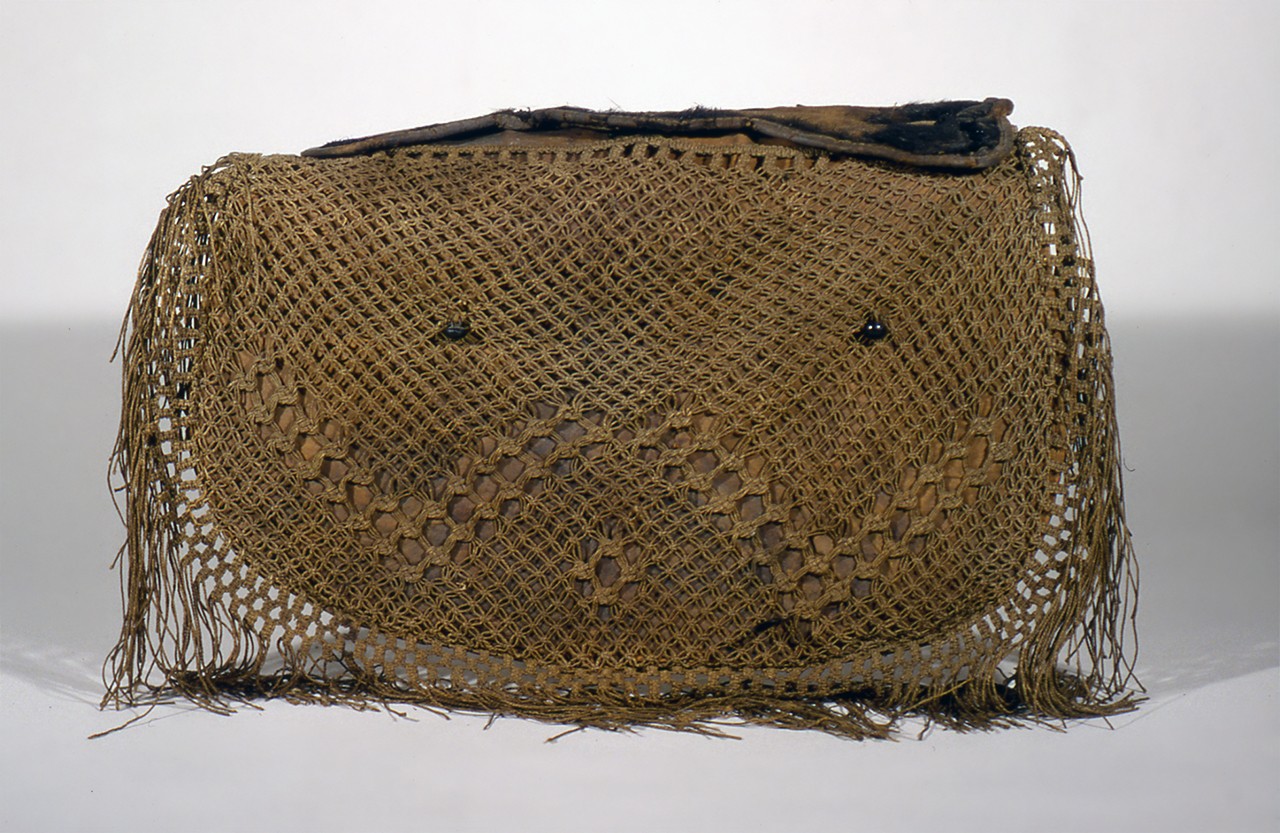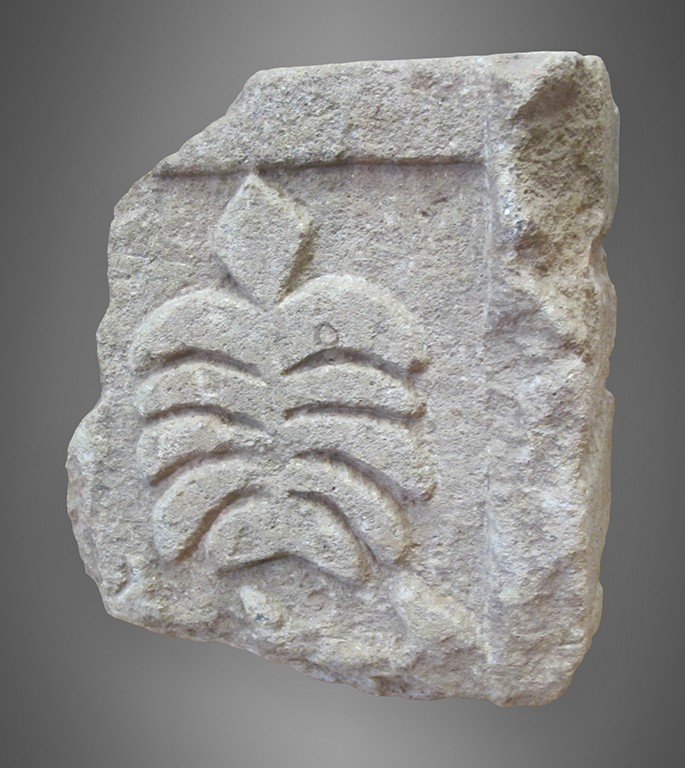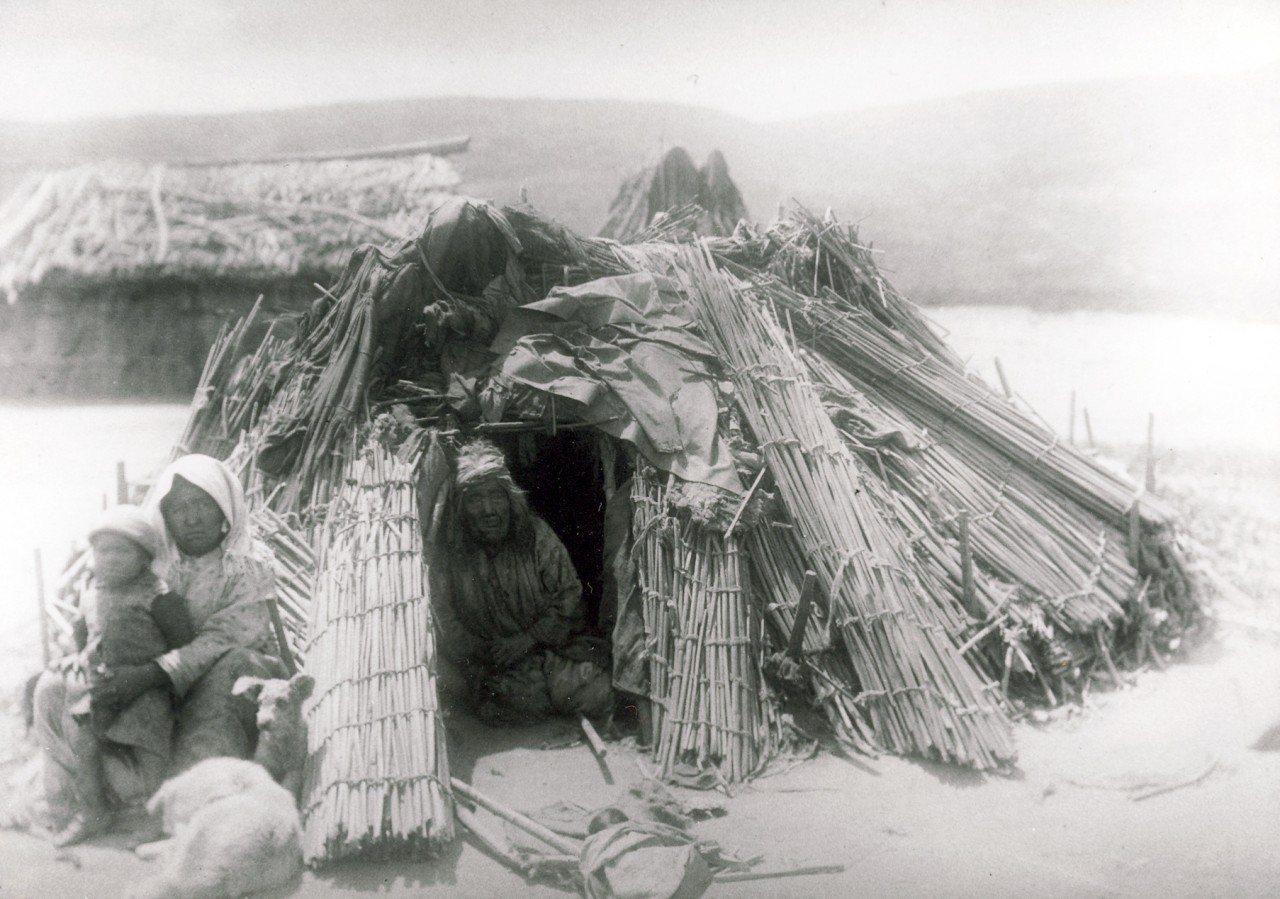© 2023 Kreativa. All rights reserved. Powered by JoomShaper
California Missions: Tools of Spanish Colonization
 |
| Mission San Luis Rey, 1895 Unknown Photographer; San Luis Rey, California Printed paper; 6 x 8 in. 19495 Gift of Harrie H. Teaboldt |
A Dual History of the California Missions
The 21 California missions have a dual history. They once served as tools of the Spanish government to colonize California, resulting in the decimation of Indigenous lives and culture. Yet, the missions also bequeathed a legacy of art and architecture influencing generations of future Californians. Understanding the missions’ history is necessary to understand California’s complex history: the good, the bad, and the ugly. We become more conscious Californians by learning about our state’s complicated past. This is the first installment of a Bowers Blog series investigating the history and legacy of the California missions.
Spain first officially occupied California in 1769 to discourage intervention from foreign powers. To efficiently colonize and control the territory, the Spanish crown’s goal was to convert the Indigenous population to Christianity and create new Spanish citizens. This was executed through the process of missionization: building institutions to teach Spanish culture and religion to Native peoples.
All colonial holdings were monetarily endowed to the Spanish crown. The institutions the Spanish colonizers used to control the land—not just missions, but also presidios (military forts) and pueblos (towns)—were all funded by the monarchy. Priests of the Franciscan order, led by Junipero Serra, established missions along the length of the territory from San Diego to Sonoma. Mission San Luis Rey in the photograph above was named the “King of the Missions” because of its large size, high agricultural production, and prosperity. The mission with its stately church and classical arches, both of which are in the photograph, was beautifully restored in the 1890s by a group of Mexican Franciscans.
 |
| Leather Dispatch Bag, 1780-1820 Unknown First Californian maker with Spanish influences; Southern California Fiber, leather, and fur; 17 3/8 x 25 in. 97.20.1 Gift of Deborah L. Anderson |
The Mission of the Missions
The mission system, while founded by Spanish missionaries, was maintained physically and economically by Native peoples. They were the ones who built the missions and held the jobs. Workers were divided into distinct classes and stations in mission communities, among which included soap makers, blacksmiths, shepherds, pigeon tenders, and message runners. The dispatch bag above was used to carry messages from one mission to the next. It was considered an honor to be chosen as a runner—especially when the messages were of a religious nature. The bag was also meant to carry letters, logistical information, and expansion plans for the missions. Messages would be kept in the main section of the bag, and two smaller chambers could hold food for the runner. The overall construction of the bag is inspired mostly by traditional Native designs, yet the embroidery and fringe are distinctly European in style. Native workers, whose livelihoods were tied to the missions, became known as Mission Indians, a problematic categorization because it erases the cultural identities of the many Indigenous cultures of California.
With the arrival of the Spanish, traditional local food sources became less reliable, and disease spread rapidly amongst the Indigenous population. Joining a mission community presented a comparatively stable option in a disruptive period because it offered a measure of protection against food insecurity and other dangers. Native peoples could learn techniques from Spanish missionaries such as farming and raising cattle. Additionally, if tribes joined a mission, they would be shielded by Spanish arms from rival tribes. However, those who joined the missions were forced to assimilate to Spanish culture. They could not leave without permission, and punishment—such as flogging—for breaking rules was common and severe. Some tribes collaborated to rebel against Spanish rule through attacking and occupying the missions and were inevitably met with harsh resistance and harsher punishments.
 |
| Keystone of the Great Stone Church of San Juan Capistrano, 1806 Southern California Sandstone 3367 Bowers Museum Collections |
Legacy of Spanish Contact
The population and culture of Native peoples in California was devastated by the advent of the mission system. For example, the Indigenous people of the San Juan Capistrano mission, the Acjachemen, numbered in the thousands during its operation. When the mission closed in 1834, the population of the Acjachemen had dwindled to about 800 people. The total population of Native peoples in California was more than halved from over sixty years of European contact, specifically the introduction of new diseases to which Natives had no immunity. Living conditions at the missions were unhygienic and often overcrowded; death rates of infants and young children skyrocketed. The stately architecture of the missions—as evidenced by remnants such as this intricate keystone above—belies their detrimental effect on the individuals who helped realize their construction.
 |
| Native American Family in Hut, 1871-1906 Isaiah West Taber (American, 1830-1916); San Luis Rey Mission, California Photograph; 7 x 5 in. 32294 Gift of Mrs. Katherine E. McKnight |
Secularization of the Missions
After Mexican independence from Spain in 1821, the governor of California declared a Proclamation of Emancipation in 1826 stating that some individual Natives—if found qualified—should become Mexican citizens and be free to leave the missions. Years later, the Mexican Secularization Act of 1833 stated that each mission community would become its own town. These acts bestowed rights and land respectively upon the “Mission Indians,” but in reality, most became exploited laborers on Spanish or Mexican ranches. Small groups chose to stay at the missions until the termination of the entire system in 1834. Above is a photograph of a Native family who continued to live on mission land long after secularization.
The forced assimilation to Spanish culture and religion did not lead to complete destruction of Native culture. Tribes clung to the memory of their history through the trials of Spanish colonization, and today, Indigenous descendants continue to celebrate their heritage. They pass on ancestral languages, participate in oral storytelling, and preserve traditional art forms like beadwork and sculpture. Our next post on the Bowers Blog will discuss a different aspect of the California missions’ history: their artistic and architectural legacy. In doing so, it is important to remember the missions’ role in perpetuating colonial power structures.
This post was researched and written by Grace Funk, an intern for the Bowers Museum. Text and images may be under copyright. Please contact Collection Department for permission to use. References are available on request. Information subject to change upon further research.


Comments 1
Thank you Grace and Mark for this post. It is so important for us to acknowledge this dual history, perspective, and impact of the missions. I would love to see text updated in the two galleries reflecting this awareness. Perhaps even something like these posts between the First California and the Rancho rooms recognizing the link, not separation, of the two communities and experiences.